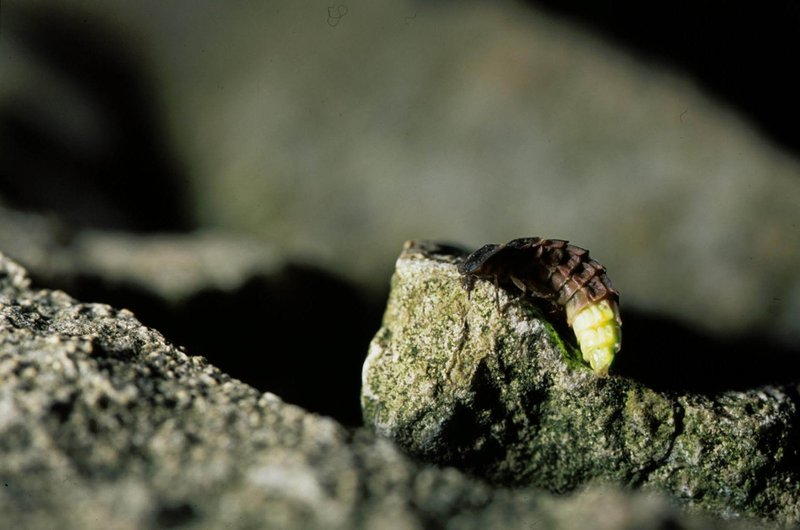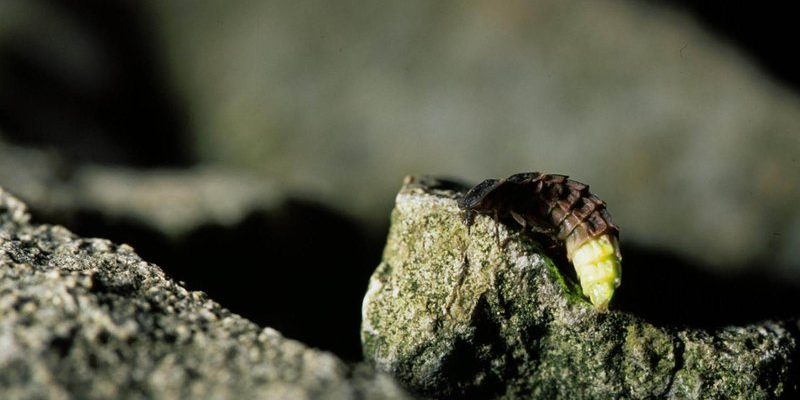
Now, you might be wondering how scientists keep tabs on these glowing little critters. Well, it involves a mix of observation, technology, and a sprinkle of creativity. Let’s dive deeper into the various methods used to monitor glow worm populations. By the end of this article, you’ll have a solid understanding of how these techniques work and why they matter.
Why Monitor Glow Worm Populations?
First off, let’s talk about the *why* before we jump into the *how*. Monitoring glow worm populations is essential for a few key reasons. Their presence indicates a healthy ecosystem, which can affect other species in the area. For instance, if glow worm numbers start to drop, it could signal issues like pollution or habitat destruction. By keeping an eye on them, we gain insight into the overall health of the environment.
Additionally, studying glow worms can reveal important information about climate change. Fluctuations in their populations can indicate broader environmental shifts, helping scientists understand how ecosystems are adapting—or struggling—in response to changing conditions. Ultimately, monitoring these glowing beings helps us ensure that they, and the ecosystems they inhabit, thrive.
Visual Surveys: The Classic Approach
One of the most straightforward methods for monitoring glow worm populations is through visual surveys. Imagine a warm summer night, and you’re out in the field with a flashlight, scanning the vegetation for those tiny glowing lights. That’s pretty much how this method works!
**Visual surveys** involve researchers walking through known habitats at night, counting the number of glow worms they see. It’s simple but effective. By doing this repeatedly over time, scientists can track population trends. They often use specific paths to ensure the data is consistent, which helps maintain accuracy in their observations.
However, this method does have its challenges. Weather conditions might impact the number of glow worms visible, and human error can also play a role. For example, if two researchers are surveying the same area but at different times, they might report varying numbers based on their perception or attention to detail. Despite these pitfalls, visual surveys are a foundational tool in glow worm population studies.
Light Traps: Luring in the Data
Now, let’s talk about something a bit more high-tech—**light traps**. Think of these as glow worm beacons. These traps attract glow worms using specific wavelengths of light that they’re drawn to, usually set up in areas where glow worms are known to dwell.
Once glow worms are lured in, researchers collect data on their numbers and even their sizes. This method can provide a more accurate count than visual surveys alone. It’s like having a cheat sheet during a test, giving scientists a clearer picture of what’s happening with the population.
But, here’s the thing—while light traps are effective, they can sometimes attract non-target species, which can make data collection a bit messy. Scientists must sift through the catch to ensure they’re only focusing on the glow worms. Still, light traps simplify some aspects of monitoring and help gather valuable insights.
Environmental DNA (eDNA): The Sneaky Approach
You might be familiar with DNA sampling in a medical context, but did you know it can also apply to ecology? Enter **environmental DNA (eDNA)**—a fascinating method gaining traction in glow worm monitoring. Basically, when glow worms shed skin or produce waste, tiny traces of their DNA end up in the surrounding soil or water.
By collecting samples from these environments and analyzing them, scientists can detect the presence (or absence) of glow worms without having to catch them directly. It’s a bit like finding their calling card without ever meeting them in person!
This method is increasingly popular because it’s non-invasive and can cover larger areas more quickly than some traditional methods. Imagine taking a quick water sample instead of trekking through a forest for hours. It’s efficient, but it does require specialized equipment and expertise in lab analysis to interpret the results accurately.
Remote Sensing: Watching from Afar
Next up is **remote sensing**—a method that sounds like something out of a science fiction novel but is very much reality. Remote sensing involves using satellite imagery or aerial photography to monitor glow worm habitats. By analyzing the vegetation and terrain where glow worms typically thrive, researchers can gather insights into their population dynamics and habitat conditions.
This method is especially helpful in large or hard-to-reach areas. Imagine trying to survey a vast national park. It would take ages to do it on foot! But with remote sensing, scientists can collect data from above, assessing landscape changes and spotting potential threats to glow worm habitats.
However, this technique is not without its limitations. Remote sensing can provide insights into habitat changes but won’t give a direct count of glow worms. Researchers often combine this data with other monitoring methods to get a fuller picture of the population.
Community Involvement: Citizen Science
One of the most exciting developments in glow worm monitoring is the rise of **citizen science**. This approach harnesses the power of everyday people—like you and me—to help gather data. Organizations often recruit volunteers to participate in glow worm counts, making it a fun and educational experience.
You might participate in counting glow worms during a community event or be part of a long-term monitoring project. With guidance from scientists, volunteers receive training on how to collect data effectively. This not only helps researchers gather more data quickly but also raises awareness about the importance of glow worm conservation.
Honestly, there’s something rewarding about knowing you’ve played a part in protecting these glowing wonders. Plus, it’s a fantastic way to connect with nature and your local community!
As we venture into the future, monitoring methods for glow worm populations continue to evolve. From traditional visual surveys to innovative techniques like eDNA sampling and community involvement, each approach has its strengths and weaknesses. By combining multiple methods, researchers can obtain a more comprehensive understanding of these enchanting creatures and their environments.
Ultimately, the goal is to ensure that glow worms continue to light up our nights for generations to come. Whether you’re a seasoned scientist or someone simply curious about nature, understanding these monitoring methods sheds light on how we can all contribute to conservation efforts. So, next time you catch a glimpse of those twinkling lights, remember the science behind it—and perhaps feel inspired to get involved!

